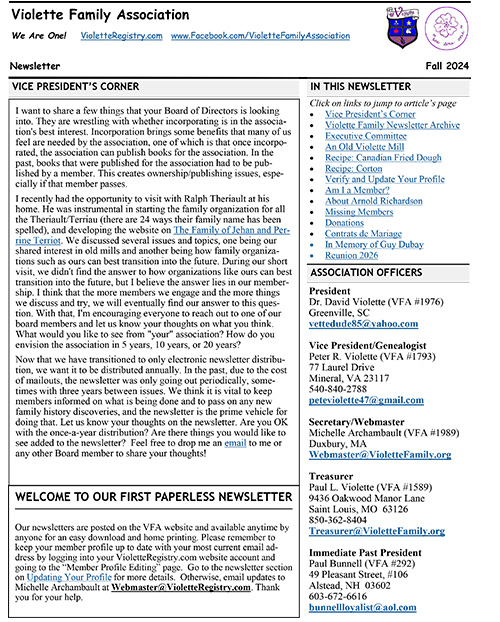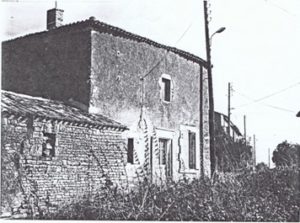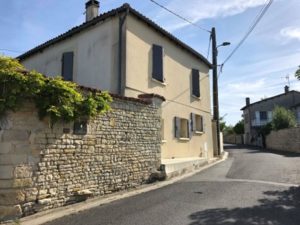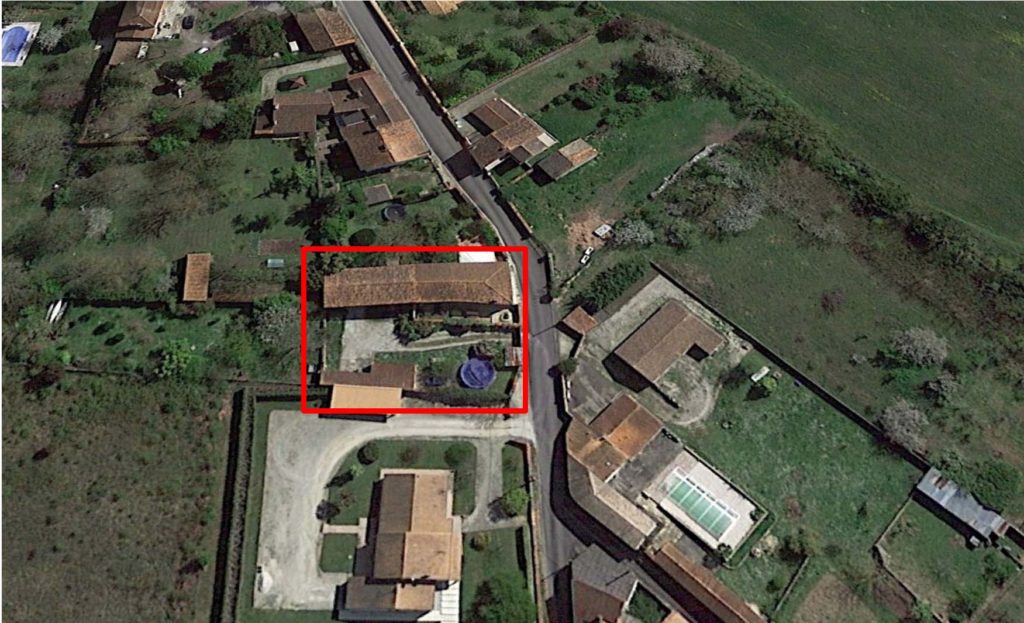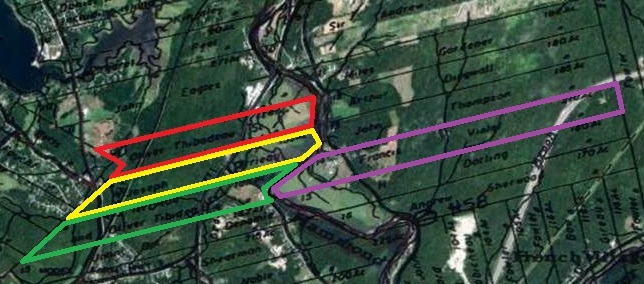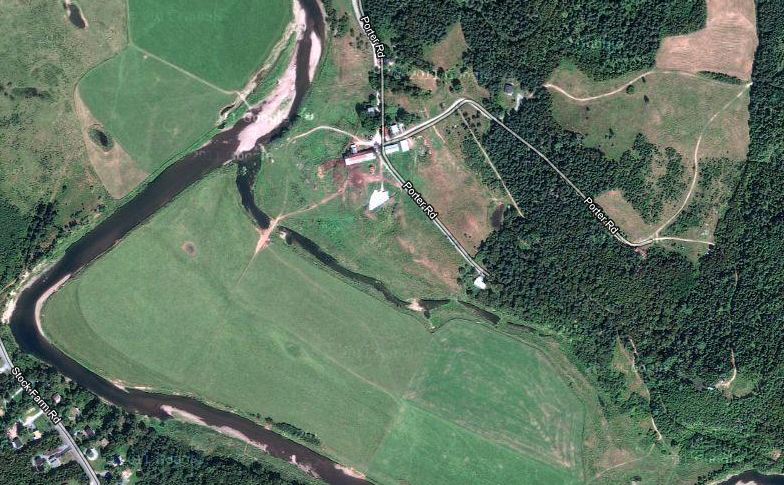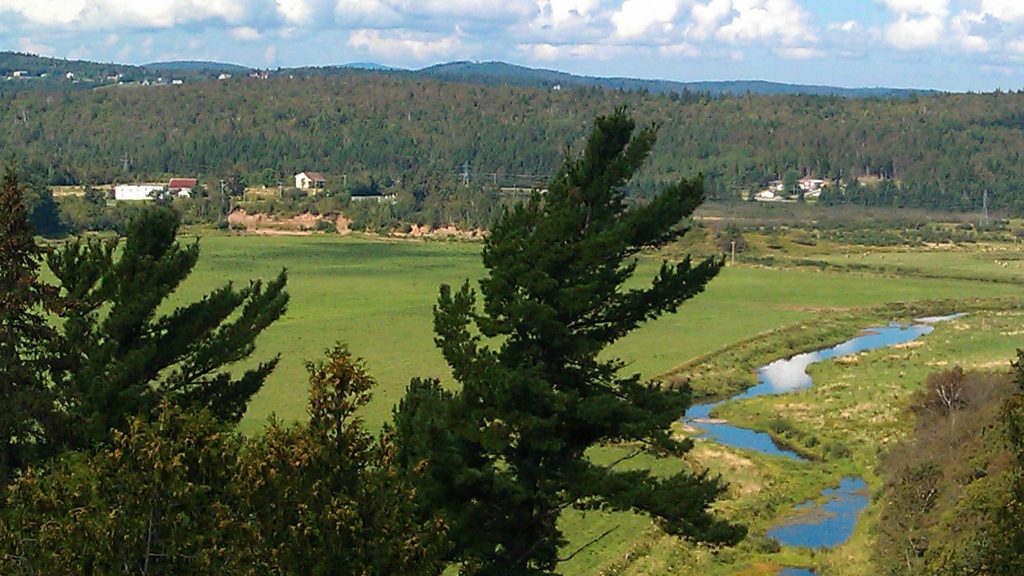The Birth and Growth of the Violette Family Association
NOTE: This was taken from Chapter 6 of A Violette History, published in 2014, and the original was written by Rita Violette Lippé (VFA#1) in her book Violette Genealogy: Descendants of Francois Violet, published in 1984. The former is available at Amazon using this link. The latter is out of print.
After having written to literally hundreds of Violettes over a period of three years, in 1977 I began to entertain the thought of having a Violette Family Reunion. Since there were only a dozen or so Violettes in the Greater Lawrence-Greater Lowell area, I was understandably a bit hesitant. Somehow I did not feel that geographically speaking, Methuen, Massachusetts, was a likely place for a successful Violette reunion. Seemingly, Maine would be a more appropriate area for such a function. However, I decided to attempt it.
Ten months prior to the reunion, a letter was sent to all Violettes with whom I had had previous contact. The announcement of the reunion was made specifying that it would be geared to the entire family. A few preliminary details as to date and location were given. A follow-up letter to be mailed approximately three months prior to the reunion was also announced. The main concern at this point was to make Violettes aware of that which was to take place. Then came the final letter with all the details as to the cost, the tentative agenda and the availability of motels in the Methuen, Massachusetts, area. Also included was a registration form to be returned by those who wished to attend. I hadn’t the vaguest idea as to the kind of response such an invitation would elicit. Since this was the first time such an endeavor was attempted, I decided that if 50 people attended, the reunion would be considered a great success. July 16, 1978, finally arrived and with it, a gathering of 375 people at St. Theresa’s Parish Hall in Methuen, Massachusetts. They came from Rome, the Provinces of Quebec, New Brunswick and Ontario and from the States of Maine, Massachusetts, New Hampshire, Connecticut, Rhode Island, New York, Arizona, California, Illinois, West Virginia, Florida and Indiana. The hall swelled with excitement and warmth. An invisible, but nonetheless real, bond unified all attendees: a vivid interest in one’s heritage. All were descendants of Francois Violet. Each Violette, who had pre-registered, found displayed on the wall his or her direct lineage back to France. This made it possible for each and everyone to know his or her relationship to any other Violette in attendance.
The reunion was a tremendous success and too quickly came to an end. However, this was but the beginning. This moment was indeed an opportune one to pursue my search for Violettes and hence was born the idea of a family association. Since all the groundwork had been done for the reunion, the birth of the Association was fairly simple and proceeded very smoothly. Within one month, the first newsletter was sent to all adults who had attended the reunion. Their attendance automatically granted them membership into the Association. The Association at this time numbered 281 members representing 175 families.
The $119 profit realized at the Methuen Reunion provided the funds necessary to organize the Violette Family Association. A Constitution and By-Laws were drafted and officers were named. As Founder of the Association, I became its President-Secretary, Richard Violette of Lowell, Massachusetts, became Vice-President, and Joseph Violette of Methuen, Massachusetts, Treasurer. The motto chosen was the one used at the first reunion: We Are One. Our logo consists of a violet flower centered in a white circle and beneath the flower, the words “We Are One”. Within six months the Violette Family Association was a registered non-profit organization. During the first year of existence, membership grew to 361.
In 1979 in Augusta, Maine, a second reunion was held. The success of this reunion, organized by Maurice Violette of Augusta, is attested to by the size of the attendance: no less than 550 Violettes gathered at the Calumet Club in Augusta, Maine, on Saturday, August 4, 1979. That very day, the Association membership grew to 620.
Van Buren, Maine, Violette Country! In August of 1981, 800 people traveled up to the St. John Valley, more specifically, to the town of Van Buren, Maine, to attend the third Violette Reunion. Superior Court Judge Elmer Violette of Van Buren served as Chairman. For some this was a return to the homeland they had left many years prior; for others, it was a visit to the homeland of their parents, grandparents or great-grandparents. For all, it was an emotion filled experience. During this two day reunion, the Association erected a monument in memory of our ancestor, Francois. This monument stands on land adjacent to the Violette Brook, the area presently called Violette Brook Park.
In September of 1982, 49 members of the Association traveled to France. At departure time each traveler was given his or her ancestry back to France, enabling each person to establish his or her relationship to each other on the tour. The result was a closely-knit family who would share emotions, experiences and memories to be cherished forever. Over a twelve day period, we visited in depth the Charente Maritime area, namely, Angouleme, Saintes, Rochefort, Villejesus and LaRochelle, all towns and cities of our ancestors. Thanks to the foresight of Maurice Violette of Augusta, Maine, in each city we were greeted by the local dignitaries. We were honored with a reception by these dignitaries and townspeople. Words cannot adequately describe the pride and emotion experienced by each and every one of us.
Five and one half years have passed since the inception of the Association (Ed note: Rita’s text was written in 1983). We now have 1218 members, representative of four Provinces of Canada: Alberta, Ontario, Quebec and New Brunswick; thirty-two States: Massachusetts, Rhode Island, New Hampshire, Maine, Vermont, Connecticut, New Jersey, New York, Pennsylvania, Ohio, Indiana, Michigan, Wisconsin, Minnesota, Illinois, Delaware, Virginia, West Virginia, North Carolina, Georgia, Florida, Tennessee, Texas, Colorado, Wyoming, Arizona, Nevada, California, Oregon, Washington and Alaska; and from the countries of Spain, Sweden, France, Italy and Japan. Our present mailing consists of 775 newsletters. (Ed note: As of July 2011 the Violette Family Association latest member number is 2873 and mailing list includes 980 by email and 592 by mail.)
In August of 1984, our fourth reunion will be held in East Windsor, Connecticut, with Mrs. Gerald Violette (Sandra Pronsky) of Enfield, Connecticut, and Richard Violette of West Hartford, Connecticut, as Co-Chairpersons. It is at this particular event that the Violette Genealogy-“The Descendants of Francois Violet” will be made available to the membership. (Ed note: Subsequent Reunions have been held in Portland ME (1987), Grand Falls NB (1990), Lewiston ME (1993), Shelburne Falls NH (1996), Westford MA (1999), Edmundston NB (2002), Gorham NH (2005), Windsor Locks CT (2008), Van Buren ME (2011) and Van Buren ME (2014).)
The first reunion was definitely the stepping stone to the formation of our Violette Family Association. Subsequent reunions provided the stage for its rapid growth. The formation of an Association has indeed been very rewarding to all. Bonds have been formed which otherwise never could have materialized. Acquaintances, which lay dormant for 30, 40 and even 50 years, have been renewed. Friendships between brothers, sisters, aunts, uncles and cousins have been deepened and strengthened.
It is with much pride in our heritage and with a deep sense of gratitude to our ancestors that we can truly say: We Are One.
